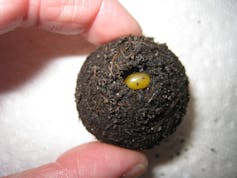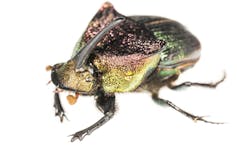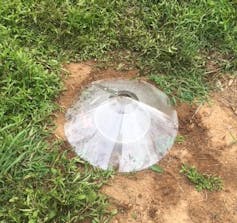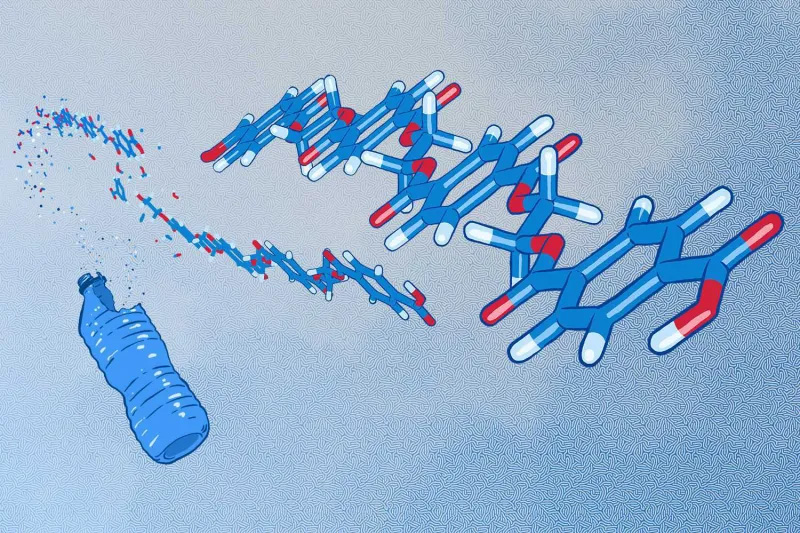Vogiatzis Publishes in Inorganic Chemistry Frontiers

The Vogiatzis group recently published a paper in Inorganic Chemistry Frontiers entitled “Data-driven ligand field exploration of Fe(iv)–oxo sites for C–H activation.”
Methane is the main component in natural gas and is expected to become more and more important to the development of fuels and chemicals for applications such as clean energy, light and heat production, and the development of organic chemicals. However, methane’s instability and flammability make storage and transportation difficult. It is possible to improve methane’s stability by converting it into methanol or light hydrocarbons.
One approach to this is the development of new catalysts that mimic naturally existing enzymes. The Vogiatzis group, led by Associate Professor Konstantinos Vogiatzis, focused their research on non-heme Fe(IV)-oxo model complexes.
“Computational studies provide a fundamental understanding of the electronic effects that control the reactivity of the Fe(IV)-oxo species, but also provide directions for the synthesis of the next generation of catalytic complexes and materials,” said Vogiatzis.
Vogiatzis and his team employed machine learning to more quickly and thoroughly investigate possible complexes that may be most effective. They developed machine learning models that use a novel molecular representation based on persistence homology, called persistence images.
“Our methodology uses a novel molecular fingerprinting method based on persistent homology, an applied branch of topology, that can encode the geometric and electronic structure together with molecular topology,” said Vogiatzis. “The new model is trained on accurate data from a few hundred Fe(IV)-oxo complexes and is capable of providing reliable information for thousands of complexes.”
Vogiatzis believes the insights uncovered in this research will aid in the construction of a theoretical framework for the design of novel catalysts for less energetically demanding industrial processes, including the conversion of methane and natural gas. This publication was co-authored by graduate students Grier Jones, Brett Smith, and Justin Kirkland, members of the Vogiatzis research group.











